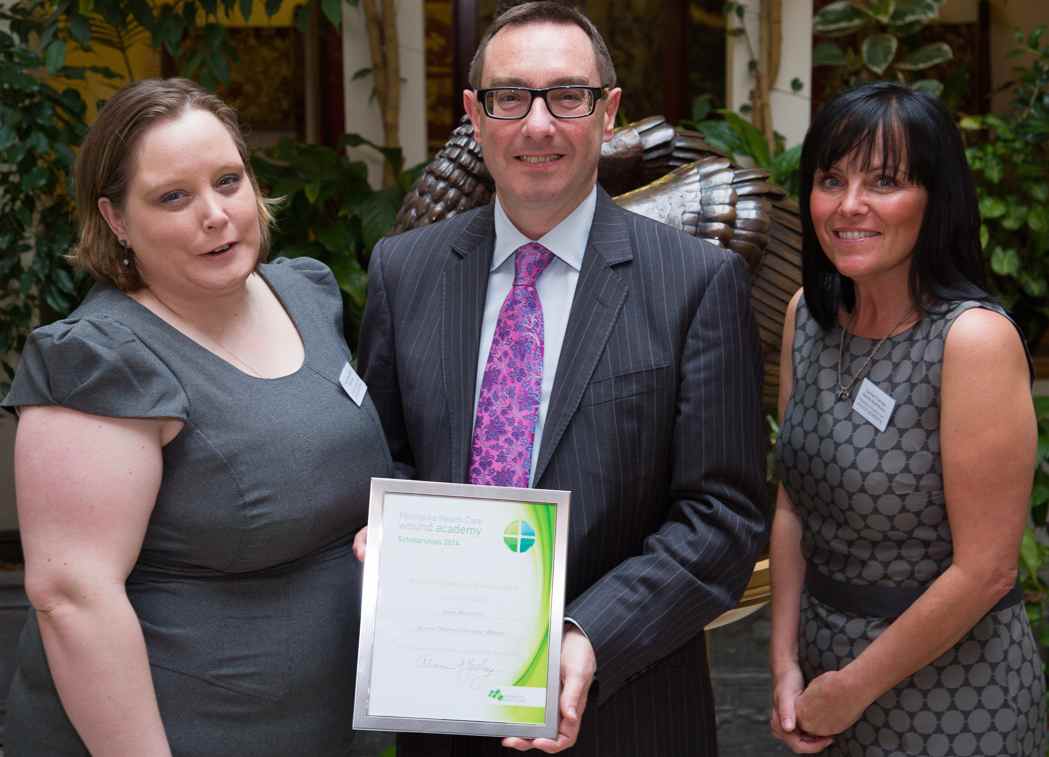Paediatric end-of-life wound care
Helen Mountford, RNCB, Staff Nurse, Acorns Children’s Hospice, Walsall

Introduction
Concerns regarding the use of the term ‘palliative wound care’ have been raised as patients might be labelled ‘palliative’ if their wound is too difficult or costly to heal; this allows ‘palliative’ to excuse poor outcomes [1]. Approximately 35% of people with life-limiting conditions develop wounds towards the end of life. Managing these wounds can be complex and challenging [2]. Fifty per cent of such wounds are PUs, and this is attributed to “failure” of the skin and underlying tissues. Understanding and acknowledging this fact enables better wound management, leading to enhanced patient comfort [2].
Preventing pressure ulcer (PU) development is essential, as is the prevention of wound pain due to inadequate provision of analgesia, dressings, information or emotional support. The goals of palliative wound care include the management and/or elimination of [3]:
- pain
- odour
- exudate
- bleeding
- infection
Children
Children and families have a right to a high standard of care, particularly those receiving palliative or end of life care. Tissue viability is an area in that is frequently ignored or overlooked in these children. In relation to PU development, specific factors should be considered, particularly as a child’s condition can change rapidly.
Achievements to date
Since starting my career within the hospice, developing and disseminating tissue viability knowledge has become a big part of what I do. In order to improve practice, I have undertaken practice audits, revised documentation, reviewed tissue viability related incidents, provided teaching for staff, and developed links with the tissue viability nurse from Birmingham Children’s Hospital. This is on-going and continuous support and changes are provided by myself and other members of the team.
The Scholarship year
The support provided by the Mölnlycke Scholarship will help with my aim that tissue viability will be considered integral to the holistic palliative care offered to all children using Acorns services. I acknowledge that not all of the objectives outlined below can be fully completed within a year but they can be started!
Objectives
1. To promote awareness of tissue viability through education, workgroups and presentations at core training events.
2. To further develop guidance and resources, implement policies, and audit to evaluate their effectiveness. This should ensure that care is continuous and consistent, and that standards and regulations are understood and maintained.
3. To develop my own knowledge and skills enabling me to act as a resource to staff, families and other professionals such as community children’s nurses, school nurses, and palliative care nurses.
4. To develop a business plan for purchasing equipment.
5. To share practice around the Children’s Hospice movement through the umbrella body “Together for Short Lives”.
The ultimate outcome is that all children have tissue viability considered as part their care, and it will be delivered by informed and knowledgeable staff. There will be information and equipment resources to support parents and families if their child has a wound or is at risk of PU development.


























